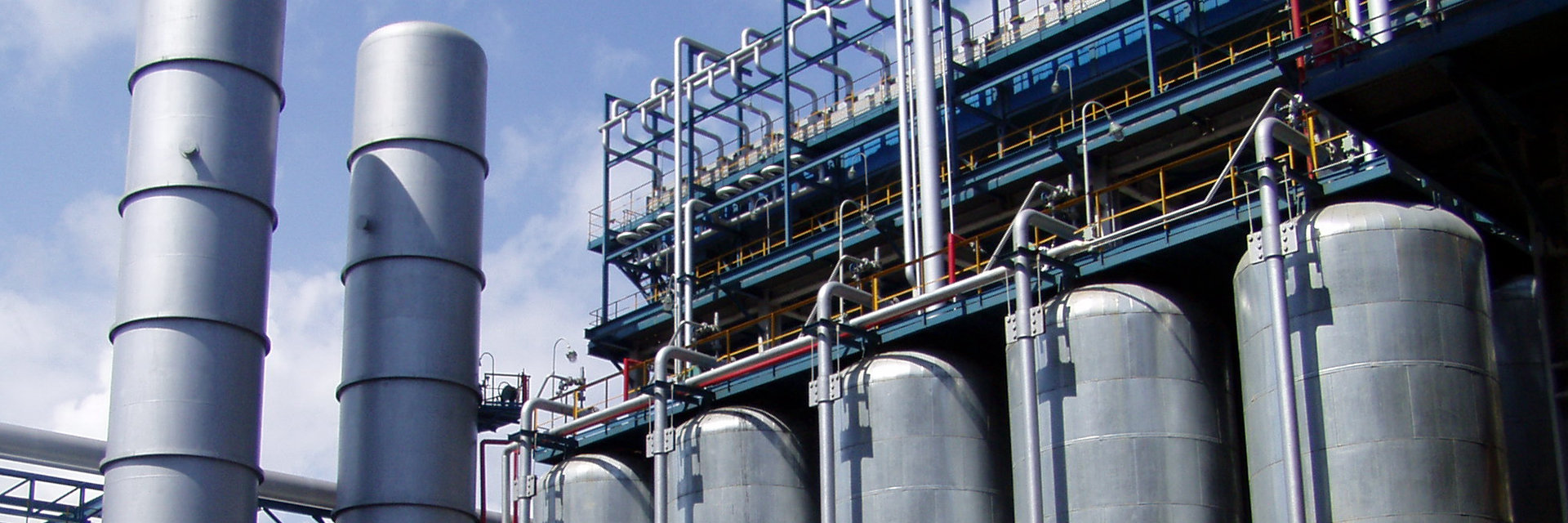


Low-minute gas comes mainly from high-pressure hydrogenation units, such as hydrocracking and hydrotreating, and is separated from low-pressure separators.
Membrane separation is a collective term for methods that use special membranes to selectively permeate certain components of a liquid. The process of solvent transmission through a membrane is called permeation
Raw gas whose main component is CO can be converted to medium temperature conversion gas (i.e. medium conversion gas) with CO₂ and H₂ as main components after medium temperature conversion reactor, which can be used as one of the main raw gases for hydrogen production.
The catalytic reforming process in petrochemistry is the process of rearranging the molecular structure of hydrocarbons in a gasoline fraction into a new molecular structure in the presence of a catalyst.
Refinery dry gas refers to various tail gases by-produced during the crude oil production process, including catalytic cracking dry gas, coking dry gas, catalytic reforming gas, thermal cracking gas, and high pressure hydrocracking tail gas.
Coke oven gas is a flammable gas produced during the high-temperature, slow dry distillation of coal in the coke production process.
Low-minute gas comes mainly from high-pressure hydrogenation units, such as hydrocracking and hydrotreating, and is separated from low-pressure separators.
Membrane separation is a collective term for methods that use special membranes to selectively permeate certain components of a liquid. The process of solvent transmission through a membrane is called permeation
Raw gas whose main component is CO can be converted to medium temperature conversion gas (i.e. medium conversion gas) with CO2 and H2 as main components after medium temperature conversion reactor, which can be used as one of the main raw gases for hydrogen production.
The catalytic reforming process in petrochemistry is the process of rearranging the molecular structure of hydrocarbons in a gasoline fraction into a new molecular structure in the presence of a catalyst.
To produce LNG from natural gas, the CO2, H2S and other components in natural gas are firstly absorbed by MDEA solution, and the unabsorbed purified gas is dried after liquid separation and then put into the cold box to produce LNG.
urification of carbon monoxide from mixtures containing carbon monoxide, hydrogen, nitrogen, methane, carbon dioxide and other components using the variable pressure adsorption process.

FAX:028-86198015
ADD:13/F, Building 1, Caiji International, No. 595 Jinzhou Road, Jinniu District, Chengdu, China





